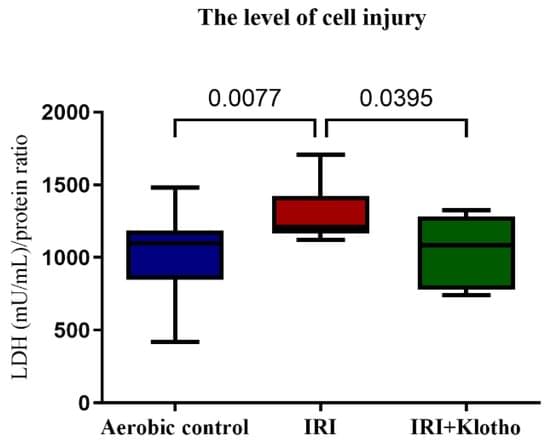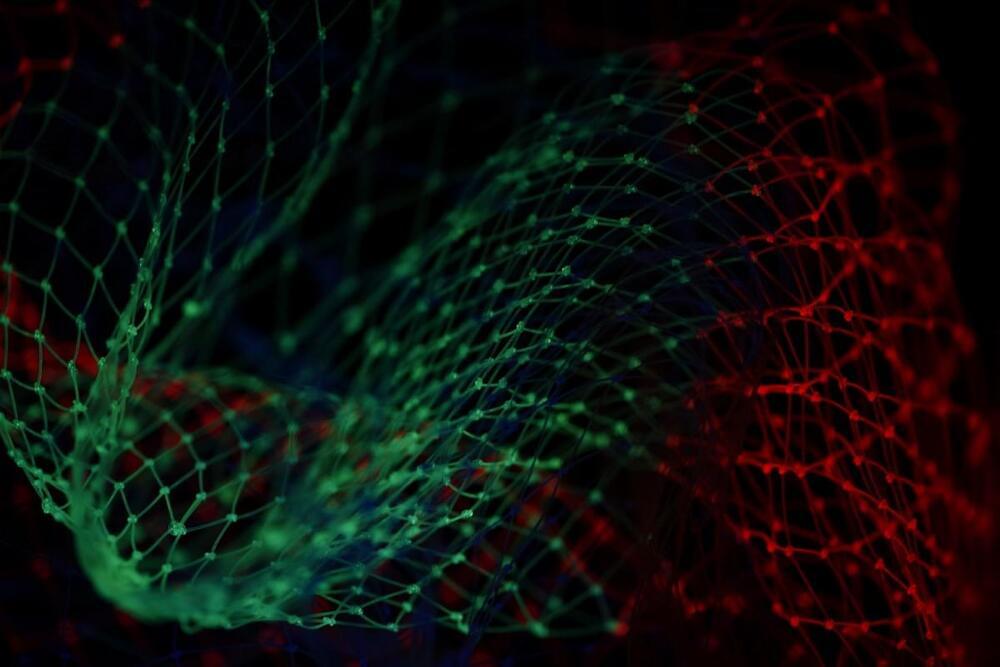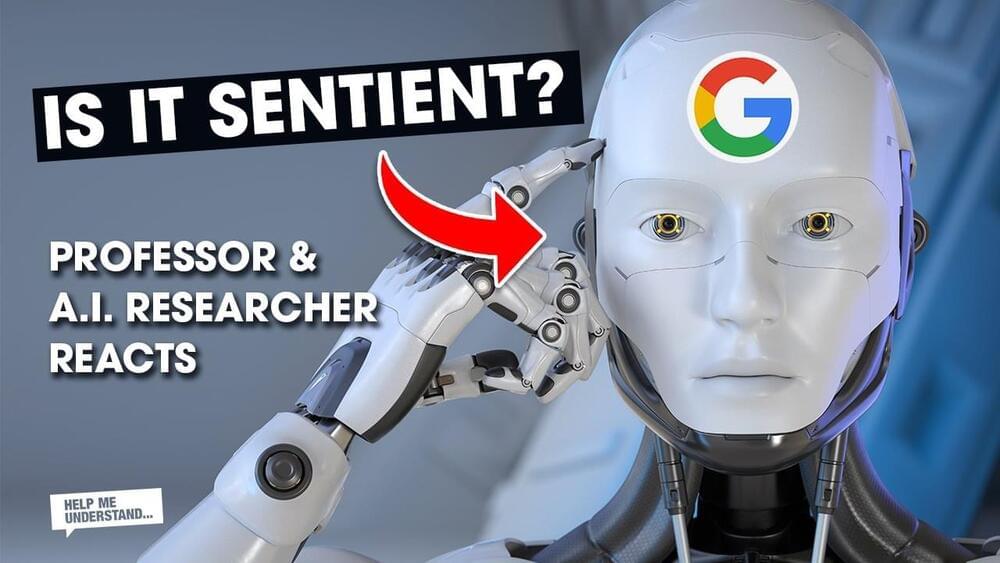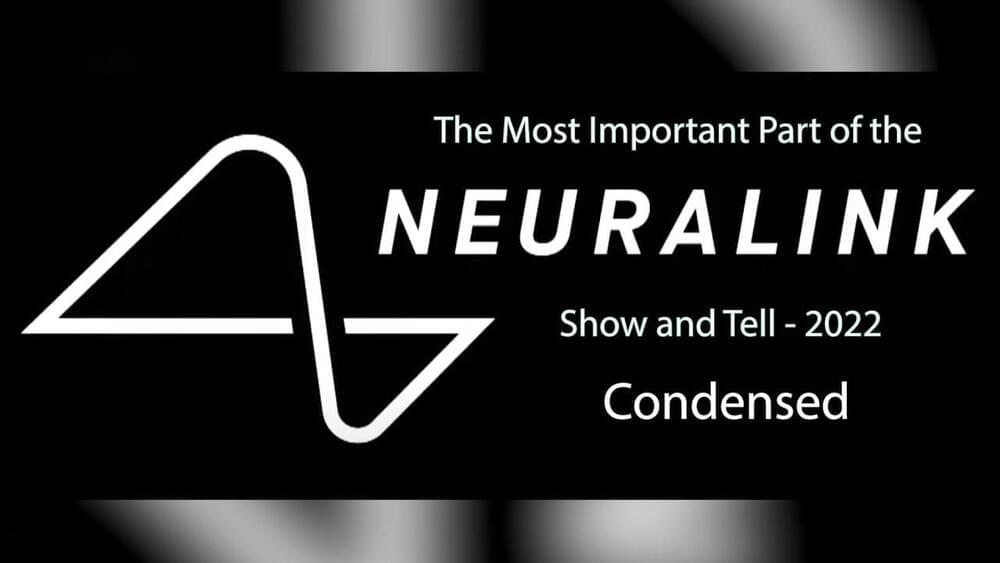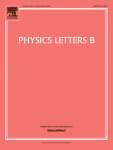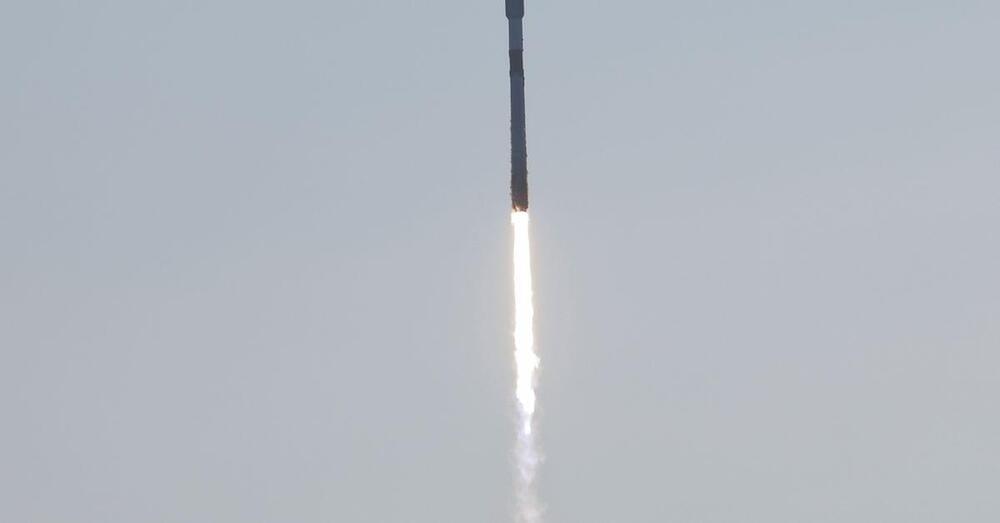
As the hardest tissue in the human body, enamel is not an easy material for engineers to mimic, but doing so could mean big things in materials science and regenerative medicine. Researchers are now reporting a breakthrough in this area, by tweaking the composition of a naturally occurring mineral to emulate the microstructure of natural enamel in a new type of dental coating, and do so in a way that offers even greater strength.
Carried out by scientists in Russia and Egypt, the newly developed dental coating uses hydroxyapatite as a starting point. This compound is the primary component in bone tissue and mineralized tissues in humans and animals.
The researchers doped the hydroxyapatite with a complex of amino acids that naturally aid in the repair of bone and muscle structures, such as lysine and arginine, resulting in a mineralized layer with properties resembling the main component of natural enamel. The material was then applied to healthy teeth, so the team could observe its ability to bind to real dental tissue.
